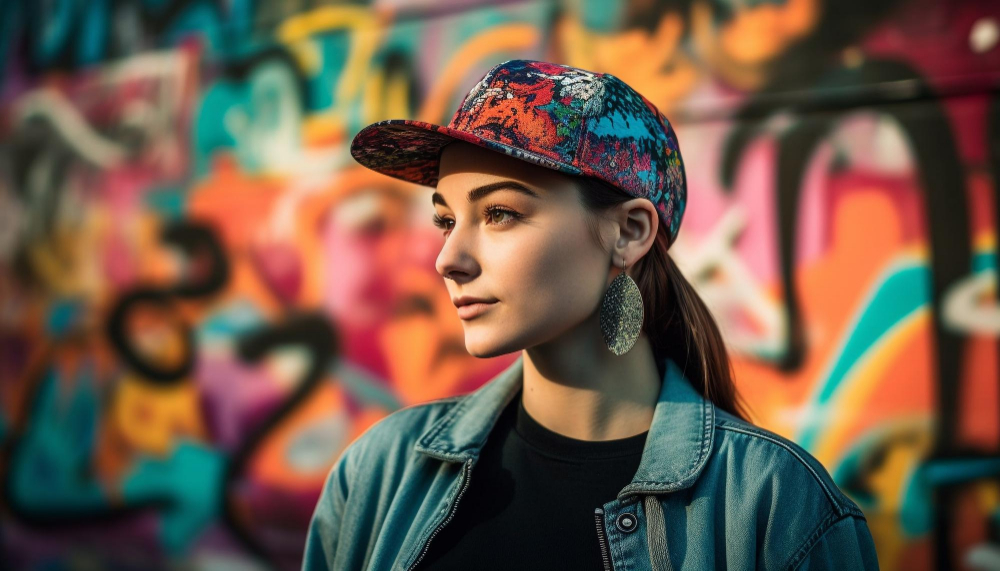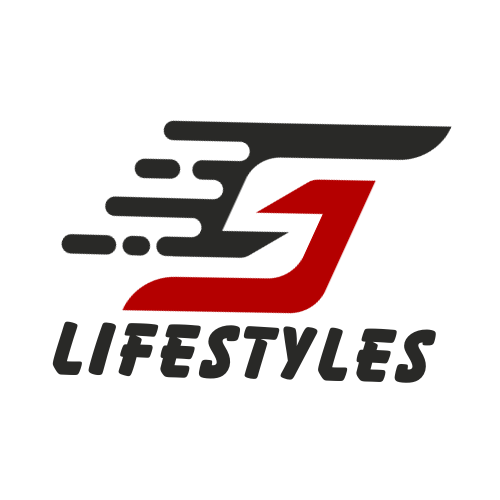Ah, the pulsating rhythm of the music, the kaleidoscope of colors, and the vibrant energy that defined an era. The 90s were remarkable, especially for those deeply entrenched in the rave culture. As someone who appreciates creativity and self-expression, delving into the depths of 90s rave fashion feels like stepping into a vivid, living canvas.
Rave fashion was more than just clothing; it was a statement that embodied the euphoria and camaraderie that thrived within this subculture. Now, let’s journey through the corridors of time and explore what made this era’s fashion a timeless ode to self-expression and uninhibited joy.
Unveiling the Roots: The Birth of Rave Culture
The term “rave” itself encapsulates an essence of collective movement, an energetic gathering where individuals fused with beats, rhythms, and a sense of unity. Originating in the late 1980s, these gatherings were sanctuaries of sonic liberation, where DJs orchestrated their symphonies through electronic music, igniting a fire in attendees’ hearts.
Initially emerging as “acid house parties” in England, these events swiftly drew attention, both for their magnetic allure and, unfortunately, from law enforcement due to their perceived association with illegal activities. Despite this, the term “rave,” from the British slang “rave-up,” persisted, embodying the communal effort to unite and celebrate music, freedom, and life.
Fashion: The Colorful Tapestry of Rave Expression
At the heart of the rave scene lay its fashion—a vibrant tapestry woven with eclectic hues, flowing fabrics, and an unapologetic embrace of individuality. To immerse oneself in 90s rave style is embracing a riot of colors, Kandi bracelets adorning wrists, and dazzling face and body paint.
Baggy clothes became a signature style, allowing freedom of movement for the endless dancefloor revelries. More than mere garments, these outfits were a testament to the ethos of “PLUR” — peace, love, unity, and respect. It wasn’t just about what one wore but a commitment to embody kindness, acceptance, and respect for everyone within the community, regardless of differences.
Rediscovering the Essence: Tips for Infusing 90s Rave Style Today.
Bringing the essence of 90s rave fashion into the contemporary world involves embracing creativity and freedom. Incorporate vibrant colors into your attire, experiment with body art or face paint, and don’t avoid accessorizing with bold jewelry or those iconic Kandi bracelets.
Remember, at its core, rave fashion expresses joy and inclusivity. Embrace the spirit of PLUR, celebrating diversity, and let your attire reflect your belief in unity and respect for all. Above all, have fun—let the music guide your style and your heart.
The 90s may be a chapter of the past, but its influence on fashion and culture resonates even today. So, allow yourself to dive into the palette of 90s rave fashion, infusing it with your unique essence and creating a celebration of self-expression that transcends time.
As you explore the endless possibilities of expressing yourself through fashion, remember that the true essence of rave culture lies in clothing and the unbounded freedom to be yourself and spread positivity.
So, let the beats echo in your soul, let your attire be a canvas of creativity, and dance through life with an unwavering commitment to peace, love, unity, and respect—keeping the spirit of the 90s rave culture alive within yourself.
Ah, the 90s rave scene – a time of pulsating beats, vibrant lights, and fashion that spoke volumes without saying a word. As someone who’s always been fascinated by the creativity of self-expression, I can’t help but delve into the essential clothing pieces that defined this era. So, let’s journey down memory lane and explore the must-haves for your next 90s rave-inspired outfit.
1. Wide Leg Pants: My Freedom of Movement
The wide-leg pants of the 90s rave era were more than just fashion information – they were an assertion of freedom on the dance floor. I can’t help but reflect on the days when those big, baggy pants not only authorized me to move effortlessly but also added a part of mystery to my dance style. Shuffling became an art, and the fantasy of “floating” was, reasonably literally, in the fabric.
2. Rave Visors: Shielding Myself in Style
Picture this: a clear plastic visor perched atop your head, shielding your eyes from the dazzling lights of the rave. Rave visors were a staple in my wardrobe, providing practicality and a unique style. While the popularity of these hats took a dip after 2000, their charm remains unmatched.
3. T-Shirts: Smiley Faces and Acid House Vibes
Ah, the smiley face shirt – an iconic symbol of the acid house music that fueled the rave culture in the 80s. Wearing one was like wearing a piece of history, a nod to the beats that echoed through the vibrant nights. Even today, the smiley face shirt is a testament to the everlasting connection between music and fashion.
4. Shoes: Stomping to My Own Beat
My choice of footwear depended on more than just fashion – it reflected my dance style. For intense moves like shuffling, drums, and bass, track shoes from Adidas and Puma were my go-to. But for those who were more about making a fashion statement, neon-colored Doc Martens and platform shoes took center stage.
90s Rave Accessories: Expressing Myself Beyond Clothing

Accessories weren’t just embellishments but an extension of my personality on the rave scene.
1. Sunglasses: Shades of Mystique
Colored or tinted lenses weren’t just a fashion statement but a practical necessity. Sunglasses minimized the brightness of stage lights and added an air of mystique to my ensemble.
2. Kandi Bracelets: A Personal Touch
The Kandi bracelet was more than just an accessory; it was a personal expression of love and friendship. Whether self-made or gifted by fellow ravers, each bead and charm held a story, making my outfit unique.
3. Pacifiers: Protecting My Smile
Pacifiers weren’t just a quirky accessory but a solution to a common rave-goer woe. With the recreational use of ecstasy causing teeth grinding, these colorful pacifiers became a stylish solution to protect our smiles. And yes, many of us crafted Kandi necklaces to keep them close.
4. Bags and Backpacks: Carrying My Essentials in Style
Miniature, colorful backpacks and fanny packs were more than just accessories – they were practical solutions to carry essentials like money, cards, and water bottles. Functionality met fashion on the rave dance floor.
5. Rave Glow Sticks and Lights: Illuminating the Night
Rave glow sticks weren’t just tubes of light; they were the heartbeat of the dance floor. These accessories created mesmerizing light shows, whether tied around wrists or swayed to the rhythm. LED lights took it further, turning gloves, visors, and pacifiers into pulsating visual effects.
Putting Together 90s Rave Fashion Outfits: My Wild Youth Culture Manifesto
Reflecting on the 90s rave fashion, I realize it was more than just clothing – it was a manifestation of the wild, anything-goes youth culture. Fun, comfort, and flashiness were the guiding principles, and the clothes were a canvas for self-expression.
So, if you’re feeling the call of the rave culture, dive into the 90s fashion scene. Let the moments guide your fashion choices, and remember what you wear and how you wear it. Embrace the freedom, express yourself, and dance like no one’s caring.
And if you’re starving for more insights into the planet of fashion and its rich past, explore the rest of the site. From Regency-era elegance to post-Millennium casual vibes, a treasure trove of style is waiting to be discovered. Let the fashion journey continue!
The 90s rave culture was a vibrant, provocative movement that emerged from the fusion of music, fashion, and a thirst for countercultural occasions. It stood just about the music. It was a lifestyle, a community where people found a sense of belonging and space for presentation.
Music as the Heartbeat: Rave culture revolved around electronic dance music (EDM), with genres like acid house, techno, trance, and drum and bass seizing center location. The beats were infectious, drawing people together on the dance floor in a euphoria.
Underground Scene: Raves often occur in unconventional locations like warehouses, abandoned buildings, fields, or forests. These clandestine gatherings added an air of excitement and mystery, contributing to the underground allure of the culture.
Community and PLUR: The ethos of Peace, Love, Unity, and Respect (PLUR) was foundational. Ravers embraced a sense of inclusivity and positivity, fostering a welcoming environment where everyone felt accepted and valued.
Fashion as Expression: The style of the 90s rave scene was unique, eclectic, and avant-garde. Near clothes, it was a form of self-expression. Vibrant colors, oversized clothing, neon accessories, and bold patterns were the norm. The goal was to stand out and showcase individuality.
Art and Visuals: Visual art, light shows, and psychedelic visuals were integral to the rave experience. The use of strobe lights, lasers, glow sticks, and projections created a mesmerizing ambiance, enhancing the sensory journey of the music.
Embracing Technology: The 90s rave culture coincided with advancements in technology, influencing the music and the overall experience. DJs began experimenting with new soundscapes and techniques, pushing the boundaries of what was possible.
Challenges and Controversies: The rave culture wasn’t without its challenges. Authorities often viewed these gatherings as problematic due to noise, drug use, and the underground nature of the events. This led to crackdowns and legal battles, adding a sense of rebellion to the culture.
Legacy and Evolution: While the peak of 90s rave culture might have faded, its legacy endures. Elements of rave fashion, music, and the ethos of PLUR continue to influence contemporary EDM festivals, fashion trends, and even mainstream culture.

